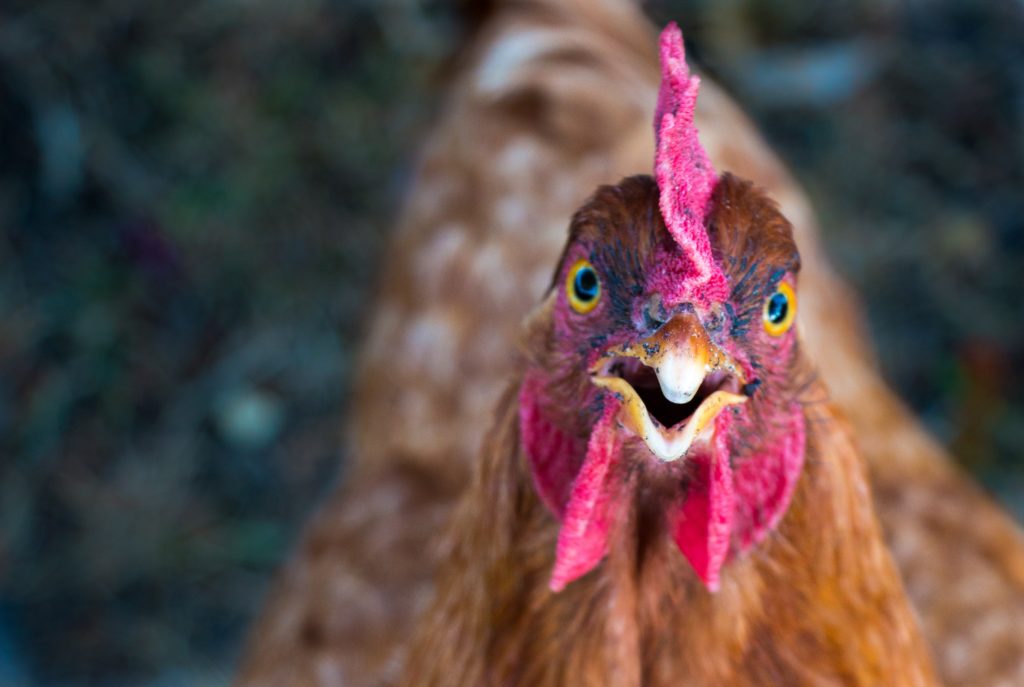Originally published by tiffany.dowell.
Hello and Happy Friday! Welcome to those of you joining from my recent presentations in Panhandle, Waco, and Clovis.
Here are some of the ag law stories in the news recently:
*California voters pass new animal welfare law. Earlier this month, California voters passed Proposition 12, requiring that all eggs sold in California must come from cage-free hens by 2022. The new law will also impose restrictions on the sale of veal and pork where certain production practices are not met. For veal, calves must have at least 43 square feet of floor space by 2020, and breeding pigs must be given at least 24 square foot of floor space by 2022. For hens, the law requires 1 square foot of floor space by 2020, with cage-free being required by 2022. This law will have impacts beyond California’s borders, as producers in other states wishing to sell products in California will be required to comply as well. [Read article here.] Keep in mind, the prior California law that required certain size limitations for hens laying any eggs to be sold in California is currently facing challenge by numerous states in the US Supreme Court. [Read prior blog post here.]

Photo by Mai Moeslund on Unsplash
*Montana case raises interesting question about ownership of fossils. One of my readers sent me a really interesting case that raised the following question: Are fossils owned by the surface owner, or the mineral owner? This case arose when valuable fossils were found on a ranch in Montana. That US Court of Appeals for the Ninth Circuit found that dinosaur fossils were “minerals” under the terms of the deed, and thus, belonged to the mineral owner. This decision was made based on a Texas case that looked at whether the substance at issue was “rare and exceptional in character or possessed a peculiar property giving it special value.” The dissenting judge would have found the fossils to be owned by the surface owner because the “ordinary and natural meaning test” would find fossils not to be a mineral. I did a quick search and found no published opinions addressing this issue here in Texas, but it is interesting that it was the approach from a Texas case that led the Ninth Circuit to this decision. We’ll see if this comes up here one day. [Read Opinion here.]
* Farm Succession Planning Newsletter Series. The Hallock & Hallock Law Firm in Utah recently published a four-part newsletter series on farm succession planning. The steps are practical and the articles useful. They suggest that farm and ranch owners should (1) Determine where the farm is now; (2) Determine where the farm wants to be in the future; (3) Create a road map to get there; and (4) implement the plan. You can read these newsletters here.
* Podcast focuses on mental health and suicides in rural America. My friend and Ag Day anchor, Clinton Griffiths, recently did a podcast looking at mental health in rural America. In an era of low commodity prices, trade wars, high input costs, and the usual uncertainty like weather, it’s not been easy for ag producers. Clinton did a great job of covering an important issue and I’d encourage everyone to listen. [Play podcast here.]
Programs Next Week
Next week, I will not be speaking as it will be Thanksgiving, but the following week I’ll be back at it. On November 27, I’ll be presenting a program on hunting leases for County Extension Agents. On Thursday, November 29, I’m excited to be in Victoria to speak at an extension agricultural law meeting with topics including water law, fence law, and eminent domain.
As always, you can see my complete list of upcoming programs here.
The post November 16, 2018 Weekly Round Up appeared first on Texas Agriculture Law.
Curated by Texas Bar Today. Follow us on Twitter @texasbartoday.
from Texas Bar Today https://ift.tt/2qQiFlF
via Abogado Aly Website
No comments:
Post a Comment